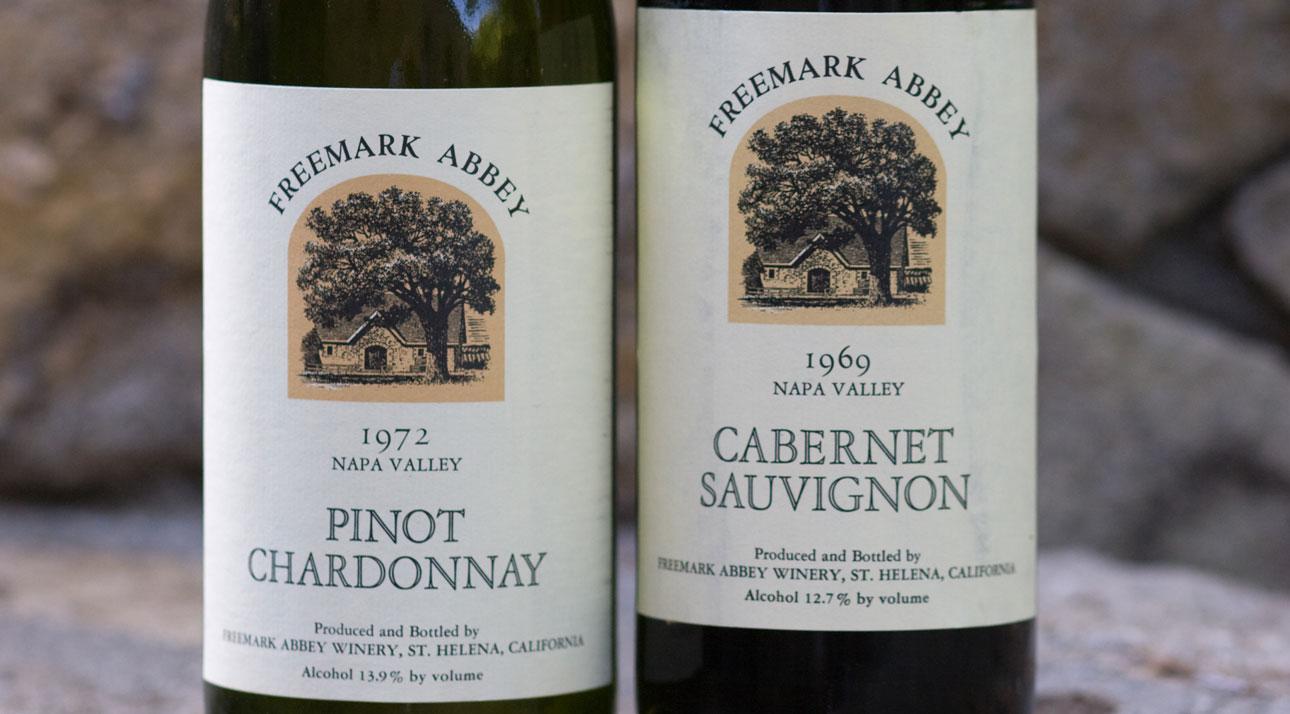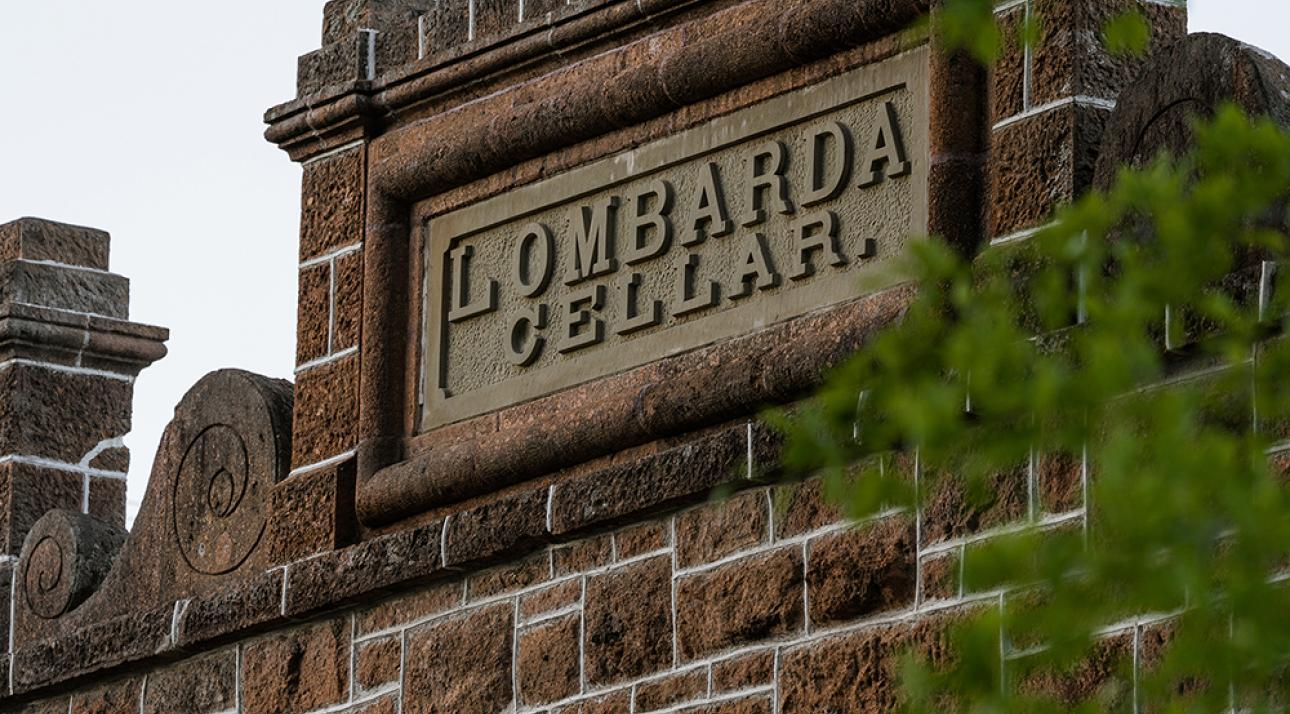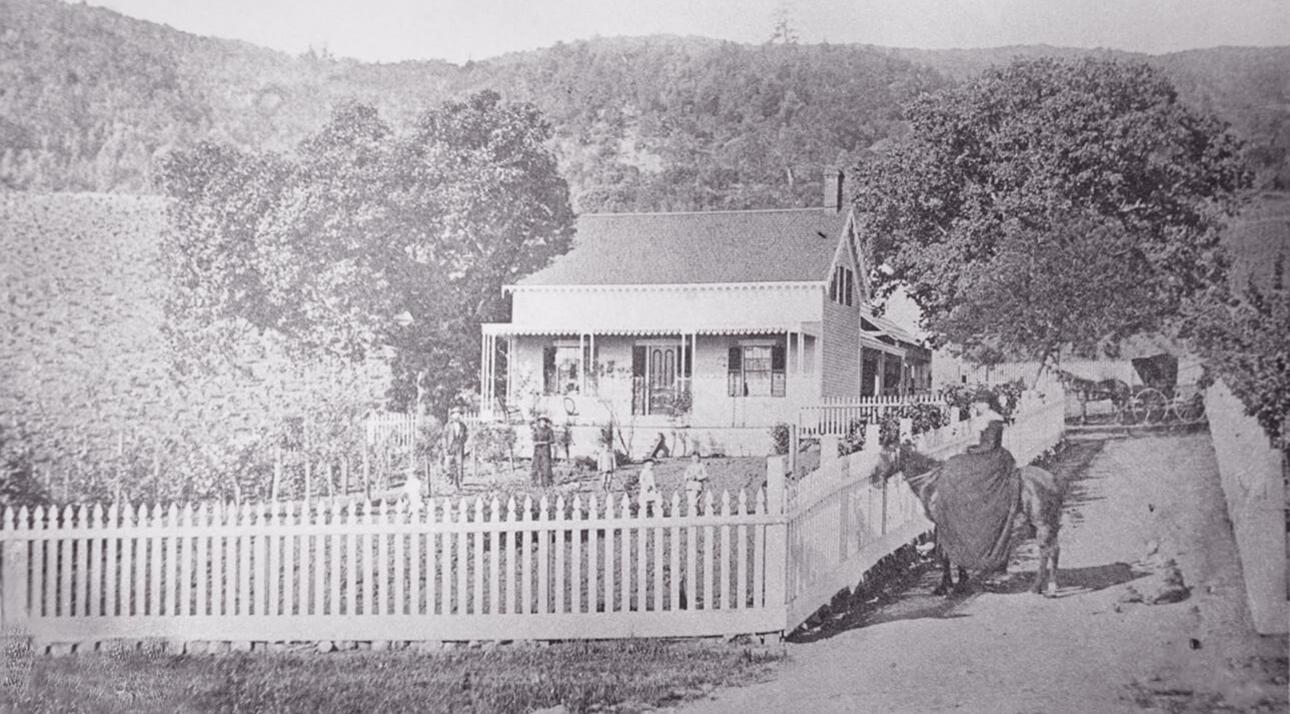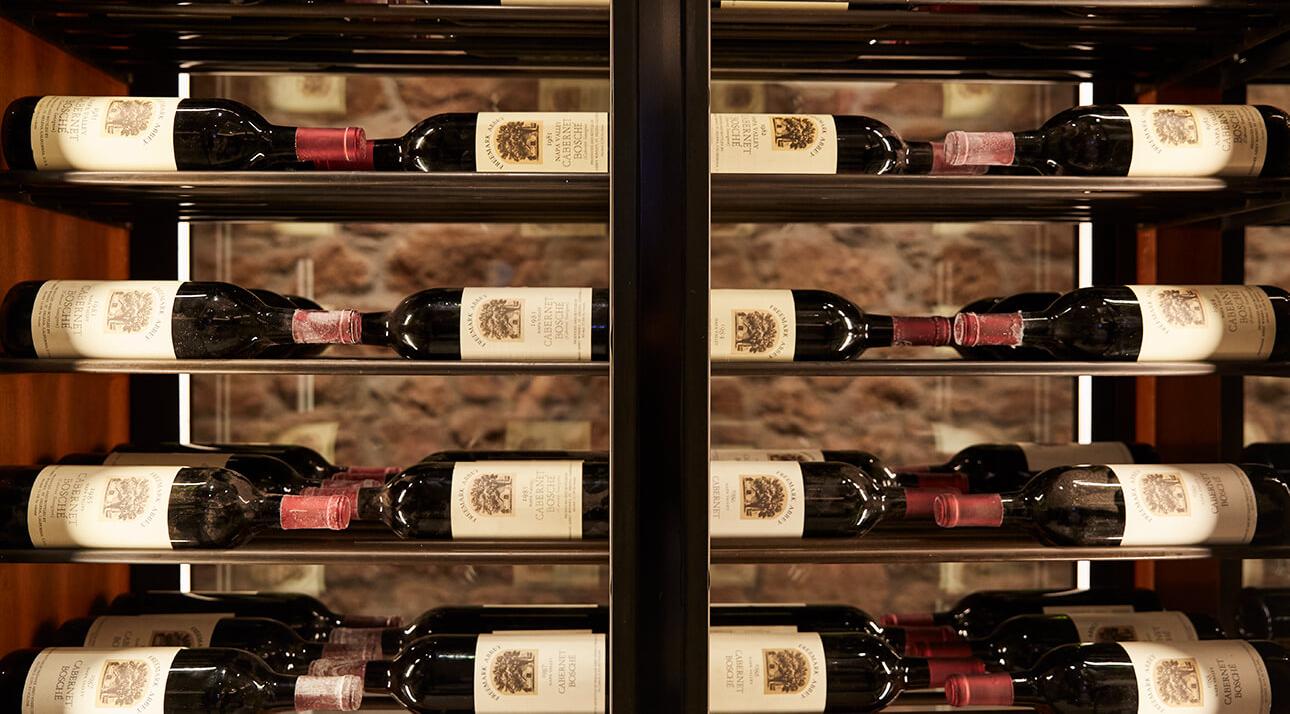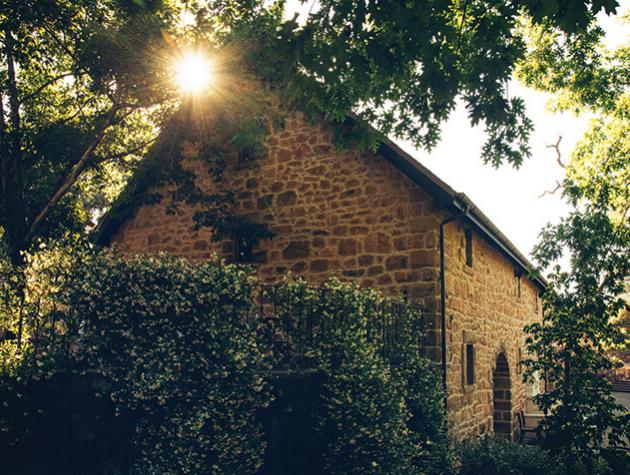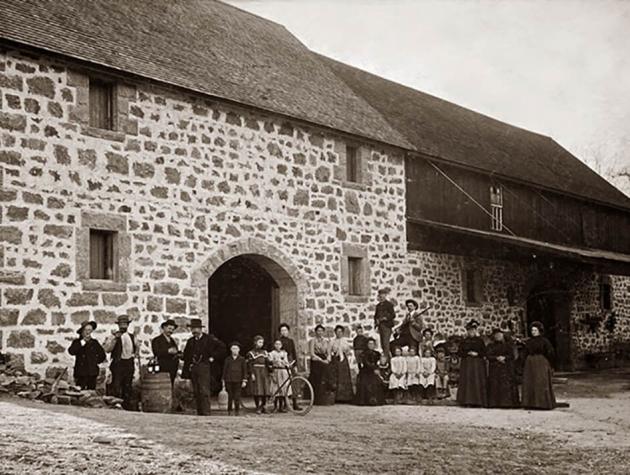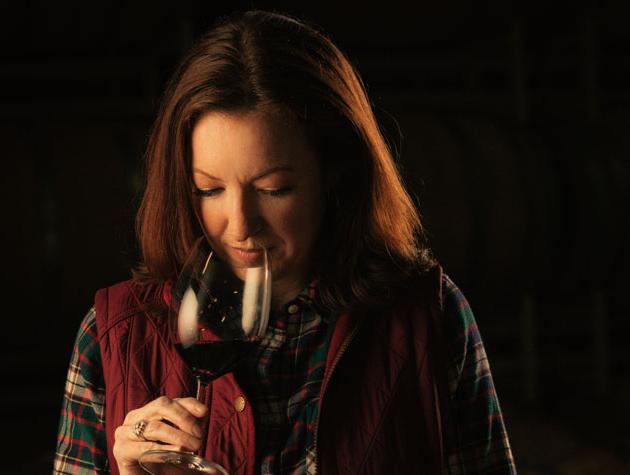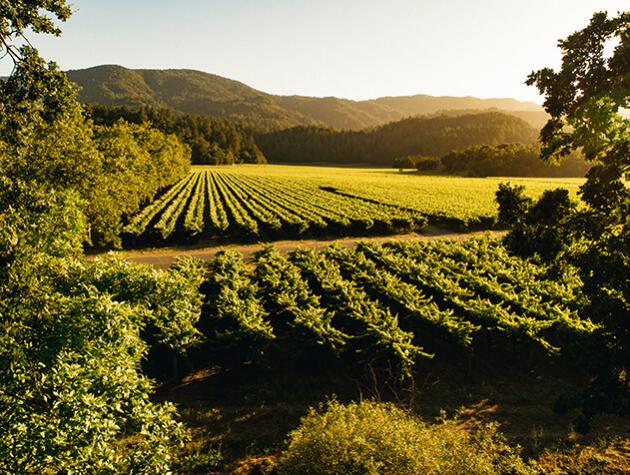It’s hard to start a conversation about the long history of Freemark Abbey, which began in the 19th century, without skipping ahead to The Judgment of Paris.
That momentous occasion in 1976 helped put California wine on an international stage of recognition when its wines were included in a blind tasting competition against several top red Bordeaux and white Burgundy producers. In fact, Freemark Abbey was the only California winery to have both a white wine and a red wine in the competition.
Along with bottles from ten other California wineries, Freemark Abbey wines were selected for the French-judged tasting by its organizer, the English wine merchant Steven Spurrier. When the results were in, the 1972 Freemark Chardonnay placed ahead of both grand cru and premier cru Burgundy Chardonnays. And Napa Valley reds and white finished a shocking first place in each category.
The rest, as they say, is history. But there was plenty of history that led up to that Paris tasting in the 70s.
